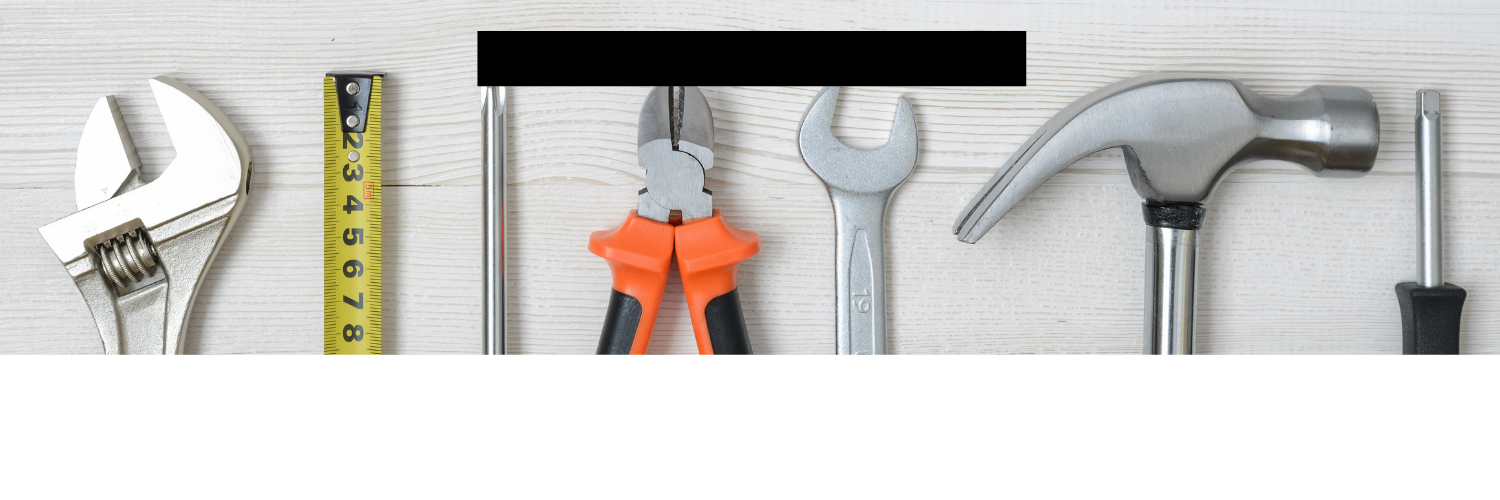Have you ever wondered why you feel that smooth, confident drive when you’re cruising down the motorway or navigating a rainy city street? A lot of it has to do with something we often overlook – our car’s tyres. Proper tyre fitting isn’t just about ticking a box in your vehicle’s maintenance checklist; it’s about ensuring safety and enjoying a comfortable ride. In this blog post, we’ll dive into the world of tyre fitting, exploring what it is, when you need it, and why it’s crucial for every road journey.
What is Tyre Fitting?
Tyre fitting is, in simple terms, the process of installing tyres on your vehicle’s wheels. But it’s not just about slapping any tyre onto a wheel. It involves choosing the right tyre for your vehicle and driving conditions, ensuring it is correctly balanced and safely secured. The right tyre fitting can significantly impact your vehicle’s performance, fuel efficiency, and, most importantly, your safety on the road.
When Do You Need Tyre Fitting?
- New Tyre Purchase: The most obvious time for tyre fitting from professional tyre fitters is when you’re getting a new set. Whether your old ones are worn out, or you’re upgrading for a specific reason, you’ll need them fitted properly.
- Seasonal Changes: Planning to switch to winter tyres for better grip in cold and wet conditions? That’s another occasion for a professional fitting.
- Post-Puncture Repairs: If you’ve had a puncture and it’s repairable, you’ll need to refit the tyre after the fix.
- Uneven Wear and Tear: Notice your tyres wearing out unevenly? It could be a sign they weren’t fitted correctly in the first place, and it’s time for a check-up.
Remember, tyres are the only point of contact your vehicle has with the road. Ensuring they are fitted correctly is not something to be taken lightly!
The Tyre Fitting Process: Step-by-Step
Ever wondered what happens when your tyres are being fitted? It’s not just a quick swap; there’s a bit of science and a lot of care involved. Here’s a breakdown:
- Removal of the Old Tyre: First things first, the old tyre is carefully removed from your wheel. This is done using special equipment to ensure the wheel isn’t damaged.
- Selection of the Right Tyre: Choosing the right tyre is crucial. It depends on your vehicle type, driving habits, and the conditions you typically drive in. Don’t worry, you don’t have to make this decision alone – a good tyre fitting expert can guide you.
- Fitting the New Tyre: The new tyre is then fitted onto the wheel. This requires precision and the right tools to ensure it sits perfectly.
- Balancing the Wheel: Once the tyre is on, the wheel is balanced. This is super important! An unbalanced wheel can lead to vibrations, uneven tyre wear, and even affect your car’s suspension.
- Alignment Check: Finally, the wheel alignment is checked and adjusted if needed. Proper alignment ensures your car drives straight and reduces tyre wear.
Why Proper Tyre Fitting Matters
- Safety First: Incorrectly fitted tyres can lead to blowouts or loss of control. Proper fitting keeps you safe.
- Longevity of Tyres: Correctly fitted and balanced tyres wear evenly and last longer, saving you money in the long run.
- Fuel Efficiency: Believe it or not, well-fitted tyres can improve your car’s fuel efficiency. It’s all about reducing rolling resistance!
DIY or Professional?
While it might be tempting to try and fit your tyres yourself, it’s a job best left to the professionals. They have the right tools, knowledge, and experience to ensure everything is done correctly. Plus, it’s not worth risking your safety to save a few quid.
Top Tips for Tyre Maintenance
Now that you’re clued up on the importance of proper tyre fitting, let’s keep the momentum going with some handy tips for tyre maintenance. Keeping your tyres in top condition isn’t just about longevity; it’s about ensuring your safety on every journey. Here are some easy yet effective ways to keep your tyres rolling smoothly:
- Regular Pressure Checks: Underinflated or overinflated tyres can lead to a host of problems, from uneven wear to increased risk of punctures. Check your tyre pressure regularly – it’s a simple task that makes a big difference.
- Visual Inspections: Take a moment every now and then to give your tyres a visual once-over. Look for any signs of wear, cuts, or objects that might be lodged in the tread.
- Rotate Your Tyres: Rotating your tyres can help them wear more evenly, extending their life. How often? Every 5,000 to 8,000 miles is a good rule of thumb.
- Avoid Overloading: Heavier loads put extra pressure on your tyres. Stick to your vehicle’s recommended load capacity to avoid unnecessary strain on your tyres.
- Drive Sensibly: Hard braking, fast acceleration, and sharp turns can take a toll on your tyres. Smooth, sensible driving not only keeps you safer but also helps your tyres last longer.
Conclusion
Proper tyre fitting is an essential aspect of car maintenance that’s often overlooked. It’s not just about the tyres but also about your safety, comfort, and wallet. Remember, the next time you’re due for a tyre change, make sure to visit a trusted professional. Happy and safe travels to you!

